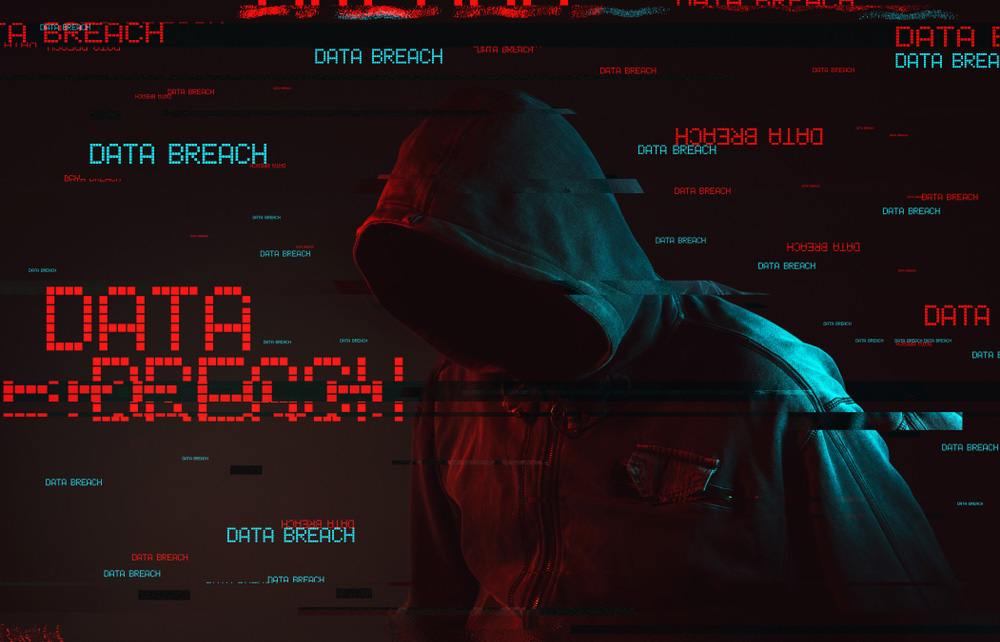In the digital age, where information travels at the speed of light and privacy is increasingly fragile, “teen leaks” have emerged as a significant concern. The term “teen leaks” refers to the unauthorized sharing of personal or sensitive information about teenagers, which can include everything from private messages and photos to personal data. This issue not only raises questions about privacy and security but also highlights broader concerns about digital behavior, consent, and the well-being of young individuals. This article explores the phenomenon of teen leaks, examining the risks, consequences, and potential solutions to mitigate its impact.
The Nature of Teen Leaks
1. What Are Teen Leaks?
Teen leaks involve the exposure or distribution of personal information, often without the consent of the individual involved. This can include:
- Private Photos and Videos: Images or videos that were intended to be shared with a select group but are distributed more broadly, either maliciously or accidentally.
- Personal Messages: Texts, emails, or direct messages that are shared publicly or with unauthorized individuals.
- Sensitive Personal Information: Details such as addresses, phone numbers, and social security numbers that are exposed without permission.
Teen leaks can occur through various channels, including social media platforms, messaging apps, and websites. The motivations behind these leaks can range from malicious intent and bullying to careless sharing and hacking.
2. Platforms and Channels for Teen Leaks
Teen leaks can occur across various digital platforms, each with its own dynamics and challenges:
- Social Media: Platforms like Instagram, Facebook, and Snapchat are common venues where personal information can be shared or leaked. Features such as stories and direct messaging can complicate privacy and security.
- Messaging Apps: Apps like WhatsApp, Telegram, and Signal allow for private communication but can also be sources of leaks if messages are forwarded or screenshotted without consent.
- Gaming Platforms: Online games and forums can sometimes be used to share personal information, especially in communities where anonymity can lead to risky behavior.
- Cloud Storage Services: Services like Google Drive, Dropbox, and iCloud can be vulnerable if account security is compromised or if links to sensitive files are shared publicly.
The Risks and Consequences of Teen Leaks
1. Emotional and Psychological Impact
The emotional and psychological effects of teen leaks can be profound and long-lasting:
- Embarrassment and Shame: Teenagers may feel humiliated or ashamed when their personal information is exposed. This can lead to anxiety, depression, and a loss of self-esteem.
- Bullying and Harassment: Leaked information can become a tool for bullying and harassment, with perpetrators using the leaked content to target individuals with malicious intent.
- Social Isolation: The fear of being targeted or exposed can lead to social withdrawal and isolation, impacting a teenager’s ability to form and maintain relationships.
2. Privacy and Security Concerns
Teen leaks also pose significant privacy and security risks:
- Identity Theft: Leaked personal information, such as social security numbers or addresses, can be used for identity theft and fraud.
- Cyberstalking: Individuals with access to personal information may engage in cyberstalking, using the information to track or intimidate their victims.
- Reputation Damage: Leaks can damage a teenager’s reputation, affecting their personal and professional future. This can impact college admissions, job prospects, and social standing.
3. Legal and Ethical Issues
Teen leaks raise important legal and ethical questions:
- Legal Ramifications: Unauthorized sharing of personal information can have legal consequences, including charges related to harassment, invasion of privacy, and digital misconduct.
- Ethical Concerns: The ethics of sharing or leaking personal information without consent involve issues of respect, privacy, and digital responsibility. Questions arise about the balance between freedom of expression and the right to privacy.
Addressing the Issue of Teen Leaks
1. Prevention Strategies
Preventing teen leaks involves a combination of education, technology, and responsible behavior:
- Digital Literacy Education: Educating teenagers about digital privacy, the risks of sharing personal information, and the importance of secure passwords can help prevent leaks.
- Privacy Settings: Encouraging the use of strong privacy settings on social media and messaging platforms can reduce the likelihood of unauthorized access.
- Secure Communication: Using encrypted messaging apps and avoiding the sharing of sensitive information can help protect privacy.
- Parental Guidance: Parents can play a crucial role by discussing online safety with their children, monitoring their digital behavior, and setting guidelines for internet use.
2. Responding to Leaks
When a leak occurs, it’s essential to address it promptly and effectively:
- Reporting and Blocking: Most platforms have mechanisms for reporting and blocking inappropriate content. Promptly reporting leaks can help remove the content and prevent further distribution.
- Legal Action: In severe cases, seeking legal advice or taking legal action may be necessary to address the breach and hold perpetrators accountable.
- Support Systems: Providing emotional and psychological support to affected individuals is crucial. Counseling and support groups can help teens cope with the aftermath of a leak.
- Reputation Management: Efforts to manage and repair reputation may include addressing misinformation, publicly clarifying any misunderstandings, and focusing on positive online activities.
3. Technology and Policy Solutions
Technological advancements and policy measures can also play a role in addressing teen leaks:
- Enhanced Security Features: Platforms can implement stronger security measures, such as two-factor authentication and more robust privacy settings, to protect user information.
- Content Moderation: Improved content moderation systems can help identify and address leaks more effectively, reducing the risk of harmful content spreading.
- Legislation and Regulation: Governments and regulatory bodies can introduce laws and regulations to protect digital privacy and address the unauthorized sharing of personal information.
- Awareness Campaigns: Public awareness campaigns can educate both teenagers and parents about the risks of teen leaks and promote safe online practices.
Case Studies and Real-Life Examples
Examining real-life cases of teen leaks can provide valuable insights into the impact and solutions:
1. High-Profile Cases
Several high-profile cases of teen leaks have garnered media attention and highlighted the issue’s severity:
- The “Fappening” Scandal: In 2014, a large number of private photos of celebrities, including teenagers, were leaked online. This scandal brought attention to the risks of cloud storage and the importance of digital security.
- Cyberbullying Incidents: Cases where leaked personal information was used for cyberbullying illustrate the harmful effects of unauthorized sharing and the need for effective response strategies.
2. Positive Outcomes
There have also been instances where effective responses to teen leaks led to positive outcomes:
- Support Initiatives: Organizations and support groups have emerged to provide resources and assistance to individuals affected by leaks, helping them navigate the challenges and recover from the experience.
- Legislative Changes: Some regions have introduced or strengthened laws related to digital privacy and harassment in response to high-profile leaks, contributing to a more robust legal framework.
The Future of Teen Leaks
1. Emerging Trends
As technology continues to evolve, new trends may influence the landscape of teen leaks:
- Advancements in Technology: Innovations in technology, such as artificial intelligence and deepfake technology, may create new challenges for privacy and security.
- Evolving Social Media Dynamics: Changes in social media platforms and their policies may impact the prevalence and nature of teen leaks.
2. Ongoing Challenges
Despite advancements, ongoing challenges will persist:
- Balancing Privacy and Innovation: Striking a balance between technological innovation and privacy protection will remain a key challenge.
- Adapting to New Risks: The rapid pace of technological change means that new risks and threats will continue to emerge, requiring ongoing vigilance and adaptation.
Conclusion
Teen leaks represent a complex and multifaceted issue in the digital age, involving a range of risks, consequences, and solutions. The unauthorized sharing of personal information can have significant emotional, psychological, and legal impacts on teenagers, making it crucial to address the issue proactively.
By focusing on prevention strategies, effective response measures, and technological and policy solutions, we can work towards minimizing the risks associated with teen leaks and promoting a safer and more responsible digital environment. As technology and social media continue to evolve, ongoing efforts to educate, support, and protect individuals will be essential in addressing the challenges and safeguarding privacy in the digital age.



